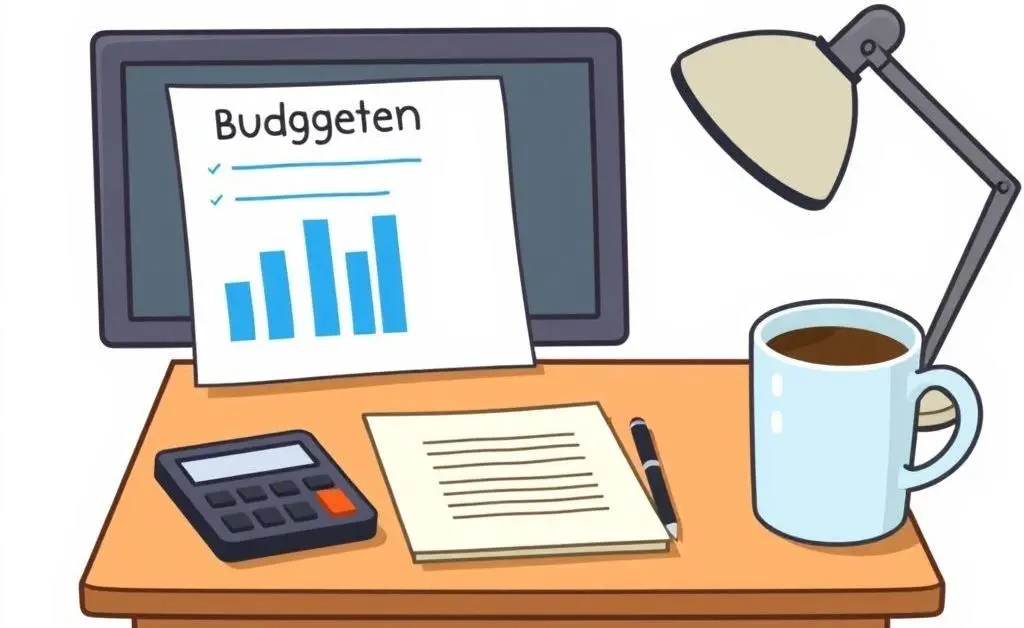Navigating the Maze of Canadian Mortgages: What You Need to Know
Discover key insights on Canadian mortgages and tips for navigating them effectively.

Are you scratching your head trying to figure out the world of Canadian mortgages? You're not alone! With so many options, terms, and conditions, navigating this financial milestone can feel like a complex puzzle. Fortunately, understanding a few basics can make the process more manageable and even enjoyable.
The Basics of Canadian Mortgages
Whether you're a first-time homebuyer or looking to refinance, grasping some key principles of Canadian mortgages is crucial. First off, let's break down what a mortgage actually is: it's a loan specifically for purchasing property, with the property itself serving as collateral. Pretty straightforward, right?
The primary mortgage types in Canada include fixed-rate and variable-rate mortgages. It's important to assess which aligns with your risk tolerance and financial goals. Fixed-rate means your interest rate won't change, giving you predictable payments. On the other hand, variable rates can fluctuate, potentially offering lower initial rates but also increasing unpredictability.
Understanding the Mortgage Process
When my friend Jane decided to buy her first home, she was bewildered by all the financial jargon thrown her way. She found that breaking down the process into manageable steps made it easier:
- Pre-approval: This gives an idea of your budget and locks in an interest rate for up to 120 days.
- House Hunting: With a budget in mind, you can start your home search with confidence.
- Making an Offer: Once you've found your dream home, making an informed offer is key.
- Finalizing the Mortgage: This includes an appraisal and ensuring you meet all lender conditions.

Common Concerns When Getting a Mortgage
Many Canadians worry about affordability, especially in bustling cities like Toronto or Vancouver. It's essential to consider factors like interest rates and amortization periods. Aiming for a shorter amortization period can save you money in the long run, despite higher monthly payments.
An often overlooked but critical part of the process is understanding the penalties and flexibility within your mortgage agreement. Can you make additional payments without penalties? What happens if you want to sell the property within the term? These questions are vital to prevent financial hurdles down the road.

Tips for a Smooth Mortgage Experience
To make your mortgage journey less daunting, consider these tips:
- Maintain a strong credit score to secure the best rates.
- Save for a substantial down payment to reduce borrowing costs.
- Keep an emergency fund ready, as homeownership often has unexpected expenses.

Conclusion
Understanding Canadian mortgages might initially seem overwhelming, but breaking it down into digestible pieces can simplify it significantly. As you embark on this homebuying journey, remember to keep your financial goals and lifestyle in mind. After all, buying a home should enhance your life, not complicate it.
What do you find most challenging about navigating mortgages? Feel free to share your thoughts and experiences!




